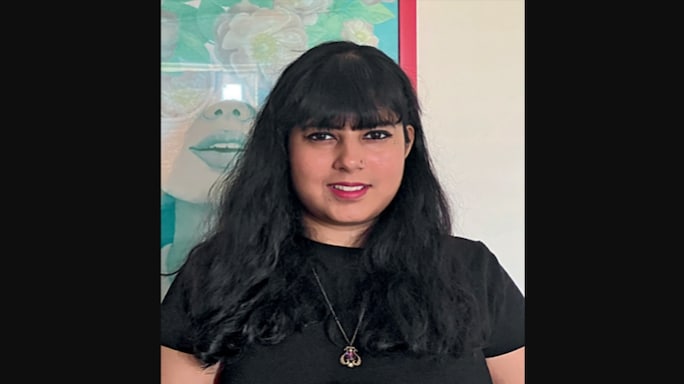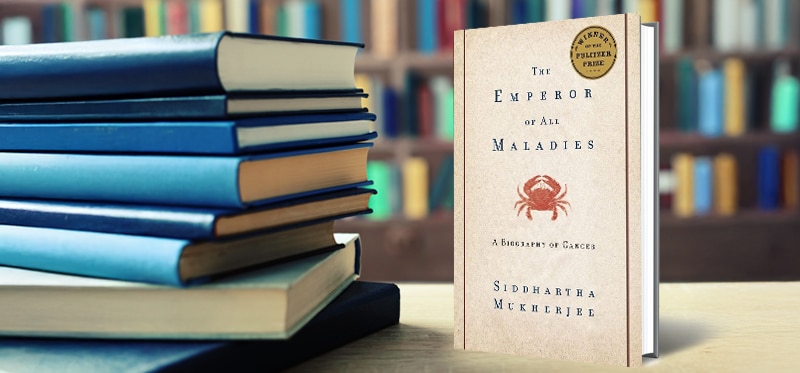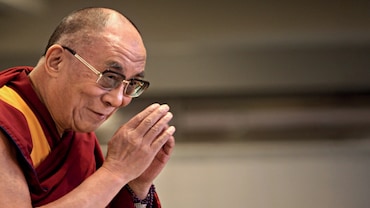- HOME
- /
- Culturescape
- /
- Me & My Shelf
- /
Radhika Iyenger's 10 Favourite Reads of all time
Radhika Iyengar is an award-winning journalist based in Mumbai, who writes on arts and culture, marginalized communities, history and gender. Her debut work of non-fiction is Fire on the Ganges: Life Among the Dead in Banaras, which has been shortlisted for KLF Non-fiction Book Award.
 Photo courtesy: Chandni Gajria
Photo courtesy: Chandni Gajria
The Emperor of All Maladies: A Biography of Cancer By Siddhartha Mukherjee, Scribner
The protagonist of this Pulitzer Prize winning book is a life-threatening illness that colonizes our bodies in the most violent way: cancer. Mukherjee’s sharp writing, grounded in painstaking research, makes this an important contribution to medical journalism, and to our lives. I am in awe of this book because it makes this inscrutable illness slightly more understandable.

Yellowface By R. F. Kuang, The Borough Press
June, a struggling author steals an unpublished manuscript written by a celebrated young author/quasi-friend, who dies in a bizarre accident. At its core, Yellowface is about literary theft but it also examines themes of racism, privilege and the shape-shifting persona of social media.

The Good Girls: An Ordinary Killing By Sonia Faleiro, Bloomsbury
With a sharp eye and rigorous reporting, Faleiro investigates the murder of two young Dalit girls, who were found dead, hanging from a tree in Uttar Pradesh. A true crime thriller, this book gripped me from the get go, detailing a critical account of women’s agency—and by extension, their safety—in India, through the lens of misogyny, ‘morality’ and patriarchal violence.

Joothan: An Untouchable’s Life by Om Prakash Valmiki (translated by Arun Prabha Mukherjee), Columbia University Press
Joothan provides an unsettling portrait of what it was like growing up as a Dalit in the ‘50s and ‘60s. Valmiki belonged to the Chuhra community, whose traditional occupation included sweeping the village and disposing animal carcasses. In one of the scenes in the book, Valmiki shares how his family cleaned cow sheds owned by oppressor castes and in lieu of payment, they were given leftover food or ‘joothan’.

Behind the Beautiful Forevers: Life, Death, and Hope in a Mumbai Undercity By Katherine Boo, Penguin
The book follows the lives of three families living in a Mumbai slum. The book shaped my understanding of how non-fiction reportage and novelistic storytelling can be tightly braided to create a compelling piece of writing.

The Kite Runner By Khalid Hosseini, Bloomsbury
Set in Afghanistan, the book highlights the relationship between economically and socially privileged 12-year-old Amir, and Hassan, who is poor and belongs to an ethnic minority. There is a heart-breaking sense of how the privileged ‘violate’ the non-privileged. It’s a story of political upheavals, close relationships, betrayal, guilt and redemption, told deftly by a master storyteller.

Remnants of a Separation: A History of the Partition of India through Material Memory By Aanchal Malhotra, HarperCollins
This book creates crucial awareness about the Partition of 1947—a haunting ‘separation’ that brought about a seismic shift—the reverberations of which continue to this day. Through objects and belongings carried by families across the border, Malhotra skillfully uses the material memory to stitch together oral narratives to map a history of a generation.

Em and the Big Hoom By Jerry Pinto, Aleph
This book was published at a time when conversations around mental health were almost non-existent in India. At the heart of this novel is the flamboyant, beedi-smoking Imelda Mendes, or ‘Em’. Written with gripping honesty, the beauty lies in Pinto’s craft as he poignantly describes how Em’s family, grapple with her bipolar disorder.

Half of a Yellow Sun By Chimamanda Adichie, Harper Perennial
Adichie’s vivid prose and painstaking attention to detail are enviable. Set against the tumultuous backdrop of the Biafran war in Nigeria, the book is a fierce lesson on how grotesque and dehumanizing war can be. Disconcertingly, the book is relevant now more than ever.

The English Patient By Michael Ondaatje, Vintage International
What drew me in immediately was Ondaatje’s poetic writing and rich imagery. Set towards the end of World War II, the book weaves thematic threads of love, identity, nationality, displacement, loss and grief. The idea for the book, Ondaatje revealed many years later, came to him first as a conversation a nurse and a burned patient have one night.






